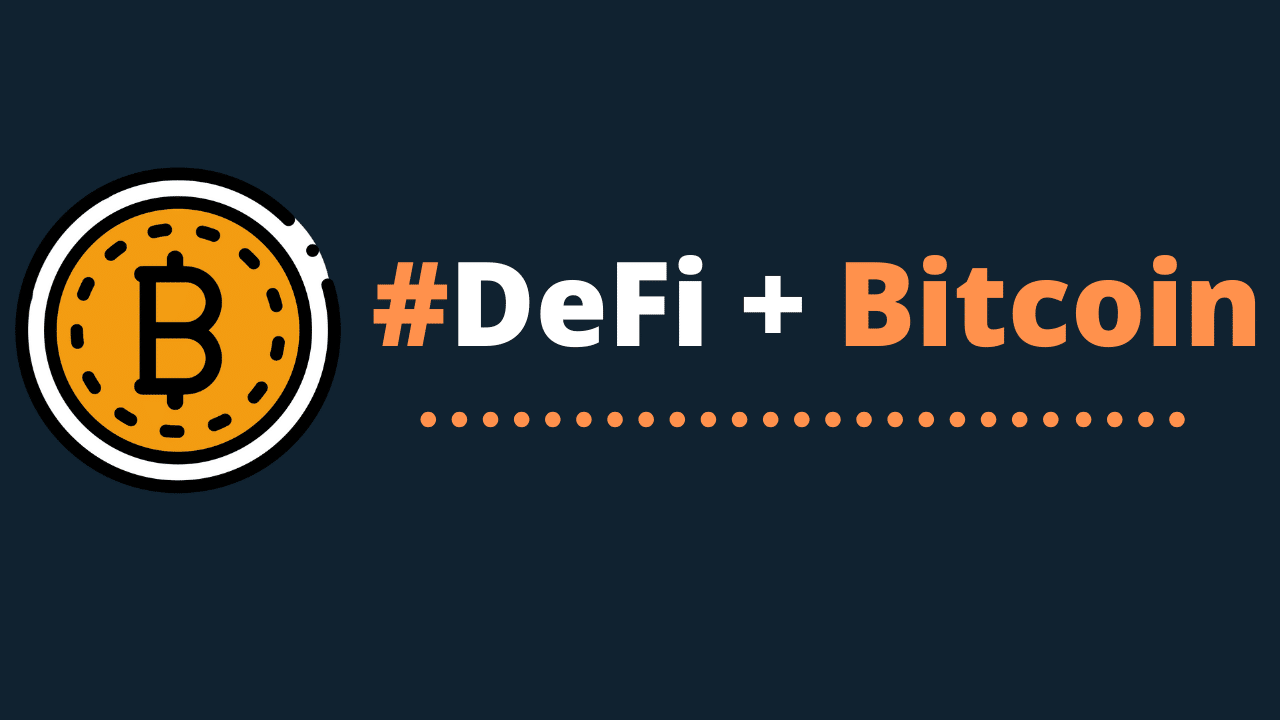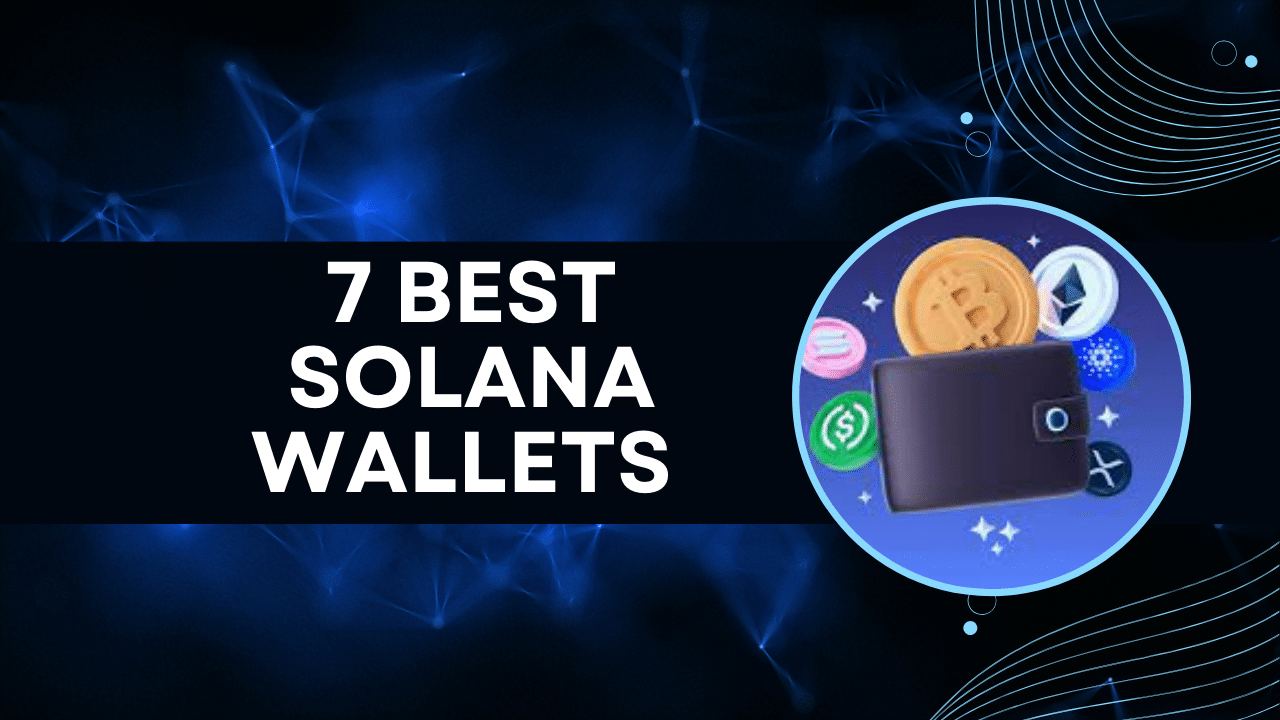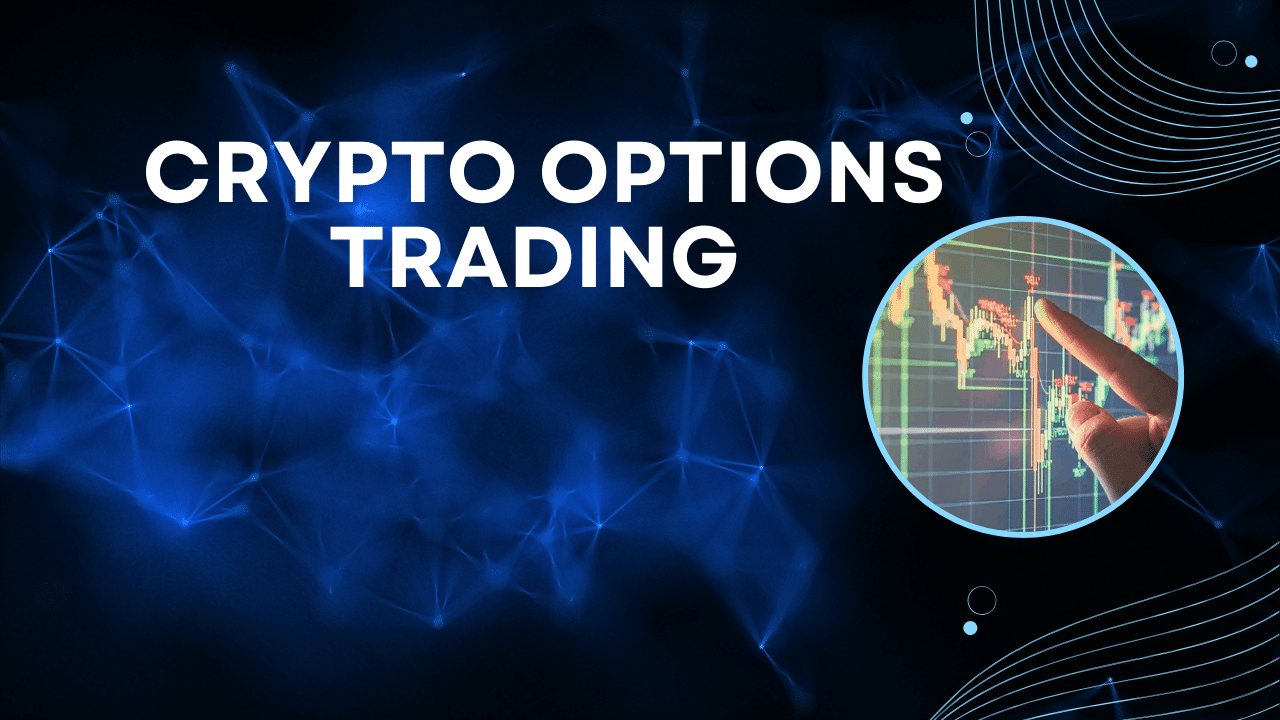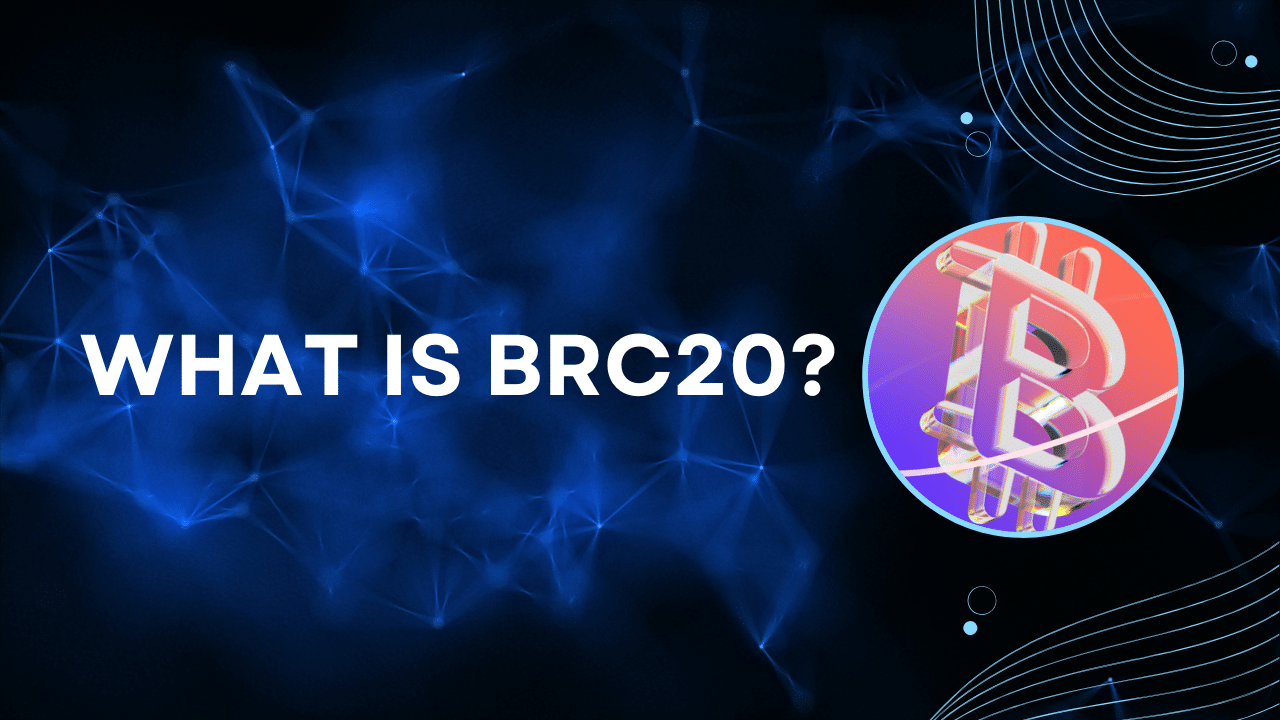Contents
|
|
DeFi is a revolutionary innovation that allows developers to leverage blockchain technology and create a whole new financial product class. Until now, the Ethereum blockchain has been the playground for DeFi developers. However, through RSK, the Bitcoin blockchain may soon usurp the throne. Today, let’s check out the potential of different DeFi applications on Bitcoin.
Contents
Why Bitcoin and DeFi need each other
Despite what the naysayers say, Bitcoin needs DeFi to reach the next level. While Bitcoin’s use cases are increasing by the day, it’s still primarily used as a store-of-value. However, with DeFi, the number of use cases for Bitcoin will increase exponentially. More use cases mean more network usage and an increased volume of addresses flowing into the network.
Bitcoin is hands down the most well-known and widely used cryptocurrency. It has the highest market cap and has around 62.2% market dominance. Bitcoin still remains the original DeFi and with its massive, worldwide user base, its network effects are second to none.
How do you use Bitcoin DeFi?
There are two ways that one can use Bitcoin in DeFi products. The first method is to use a wrapped version of a Bitcoin in a foreign blockchain, while the second method is to build native smart contracts on BTC itself.
Before we go into the latter, let’s understand what the wrapped approach is and why it isn’t desirable. Since Ethereum is the DeFi platform of choice, we will be focusing solely on WBTC, the ERC-20 token backed 1:1 by Bitcoin and held at Bitgo Trust. There are two significant advantages to this technique:
- Firstly, it introduces Bitcoin to the Ethereum ecosystem, helping in cross-platform functionality.
- Secondly, it allows developers to create DeFi applications using BTC.
However, there are some major pitfalls in this approach.
- The approach is highly centralized since the coins are held at Bitgo Trust.
- The base currency of WBTC is still ETH, not Bitcoin. As such, the transaction fees are paid in ETH, and the security assurances are those of Ethereum.
- There is no reason to use WBTC to create applications on Bitcoin layer-two (more on this in a bit).
How to build DeFi on Bitcoin
It’s challenging to build smart contracts on top of Bitcoin since it has a limited scripting language. Satoshi Nakamoto put in this “limitation” on purpose since they wanted Bitcoin to be a straightforward, payment-only protocol. However, protocols like RSK can make Bitcoin exponentially more programmable.
So, what is RSK?
Rootstock (RSK) is a smart contract platform that is connected to Bitcoin’s blockchain through sidechain technology. Rootstock allows you to create applications compatible with Ethereum (the web3/EVM/Solidity model) while still enjoying the security provided by the Bitcoin blockchain. At its very core, Rootstock is a combination of:
- A Turing-complete resource-accounted deterministic virtual machine (for smart contracts) is compatible with Ethereum’s EVM.
- A two-way pegged Bitcoin sidechain (for BTC denominated trade) based on a strong federation
- A SHA256D merge-mining consensus protocol (for consensus security relying on Bitcoin’s miners) with 30-seconds block interval. (for fast payments).
Rootstock will also be using its tech stack – the Rootstock Infrastructure Framework Open Standard (RIFOS) to help build a healthy economic system on top of Bitcoin. It’ll facilitate the use of blockchain technology by making it as simple for everyone as possible.
Examples of DeFi products on RSK
#1 RsKSwap
RskSwap is a fork of the Uniswap V2 Protocol, which happens to be the most widely-used decentralized exchange (DEX) on Ethereum. Created by thinkanddev.com, RskSwap plans to empower developers, liquidity providers, and traders to participate in an open and public financial marketplace.
Swapping is intuitive. A user picks an input token and an output token. They specify an input amount, and the protocol calculates how much of the output token they’ll receive. They then execute the swap with one click, receiving the output token in their wallet immediately. You just need to use the Dapp, have a Nifty Wallet or Metamask installed, and enough RBTC to pay the transaction and the token you want to swap.
RsKSwap is a class of decentralized exchanges that rely on mathematical formulas to set a token price. This allows users to swap ERC20 tokens while instantly charging a 0.3% fee. The fee charged here goes to users that lock up their tokens on Uniswap, aka, liquidity providers.
The main advantages of RsKSwap are:
- It is free from centralized control.
- It’s permissionless and open for everyone to use.
- The system is secure.
- It’s free from censorship, allowing the unimpeded flow of transactions.
Can I list ERC20 Tokens on RskSwap?
Any ERC20 token can be listed on RskSwap. Each token has its own smart contract and liquidity pool. If there is none, it can be created easily. Once a token has its exchange smart contract and liquidity pool, anyone can trade the token or contribute to the liquidity pool while earning a liquidity provider fee of 0.3%.
How are RskSwap tokens produced?
To understand how this happens, simply follow these steps:
- The contributor who introduces a new pair to the RskSwap liquidity pool receives a “pool token.”
- These pool tokens are ERC20 tokens.
- Pool tokens can be freely exchanged, moved, and used in other dapps.
- Pool tokens are burned when the funds are reclaimed.
- Each pool token represents a user’s share of the pool’s total assets and share of the pool’s 0.3% trading fee.
#2 Stablecoins and tokens with free leverage and passive income for Bitcoiners
Money on Chain (MOC) and RIF have partnered up to create the world’s first-ever Bitcoin collateralized stablecoin.
The stablecoin protocol uses a three-party system. Two separate tokens and a derivative financial instrument. The two tokens are:
- Dollar on Chain (DOC): DOC is pegged to the US dollar and conducts quick transactions. DOC can be considered a safe haven from Bitcoin’s volatility. So if you want to buy something with Bitcoin, you can hold DOC and mitigate risk during the financing process.
- BitPRO (BPRO): the second token has been designed for Bitcoin holders to passive income on their coins. BPRO holders get awarded from a percentage of platform-collected fees, an interest rate, and a small leverage on Bitcoin’s price.
Regarding scalability of payments using DoC token, Gabriel Kurman, Co-Founder of RIF, commented:
“RIF Lumino integrates DoC, providing scalability for the use of Dollar on Chain token. Launching DoC on the Lumino payments network will allow thousands of instant transactions with near-zero fees.”
#3 Decentralized Token Exchange
Money On Chain has also announced TEX’s launch, a decentralized token exchange built on RSK. Max Carjuzaa, the co-founder of Money On Chain, commented:
“The TEX is an important piece of the Money On Chain protocol. The decentralized order book ensures a fair and transparent price discovery process and establishes a secondary market for tokens.”
The features of TEX are as follows:
- It automates token swaps using smart contracts and offers users access to DoC, BPro, RIF, and RBTC, among others.
- It uses a unique trading mechanism that’s inspired by the London Gold Fix, which sets the value of gold twice a day.
- The system is based on an order book (OB). The order execution is not instantaneous and occurs on ticks. The ticks occur every few minutes and allow the OB to form a price to be discovered before the match is made.
- The tick frequency is directly related to market activity.
- Users who place orders in the order book can cancel them any time they want.
- The public order book avoids front-running.
Speaking of orders, TEX supports two types of orders:
-
- Limit orders: This type of order lets the trader set trade conditions to make sure that they buy or sell at the intended price or better. In simpler terms, the buyer doesn’t pay more than they are willing to pay and the seller will not receive less than what they plan to obtain. The ultimate price will be the average of the two.
- Limit orders: This type of order lets the trader set trade conditions to make sure that they buy or sell at the intended price or better. In simpler terms, the buyer doesn’t pay more than they are willing to pay and the seller will not receive less than what they plan to obtain. The ultimate price will be the average of the two.
- Market maker orders: This is a special type of limit order where the trader specifies as a percentage difference with a fair price. The TEX obtains the fair pricing from either an oracle or the last tick where an oracle is not available.
What are the advantages of DeFi?
Alright, so we have seen the different DeFi products that are available on RSK. Now, let’s look at the different advantages of DeFi:
- Traditional finance relies immensely upon intermediaries. However, DeFi applications do not require any third-parties. This lack of intermediaries makes the applications a lot more frictionless.
- As the DeFi applications are decentralized and not controlled by a centralized entity, it removes single points of failure and is resistant to censorship.
- Since the underlying framework and blueprint has already been established, application creation can be pretty straightforward.
- DeFi applications are a lot more accessible worldwide. Traditional finance relies upon intermediaries, who may not make their services available in low-income territories.
Conclusion
RSK is host to a growing number of Bitcoin DeFi services that provide the core financial functions. The sidechain has rapidly become a critical part of Bitcoin’s infrastructure. Keep an eye out to see what else they bring in to the Bitcoin DeFi landscape.








